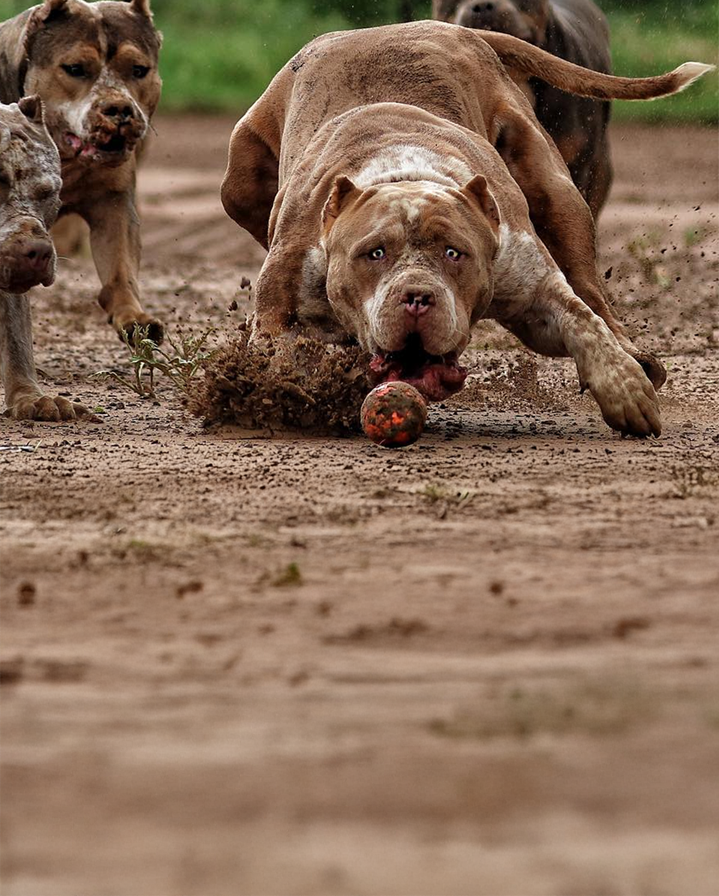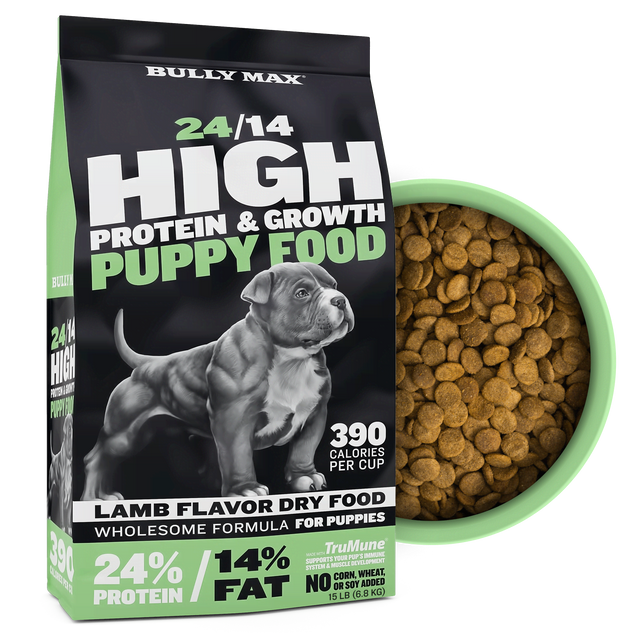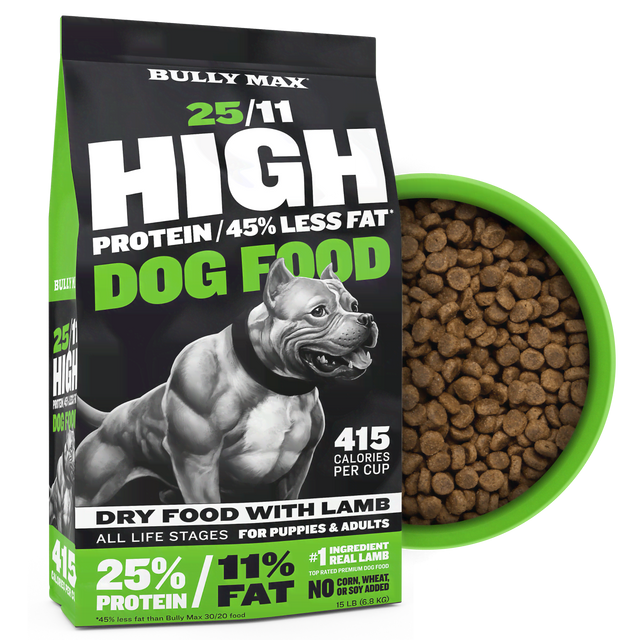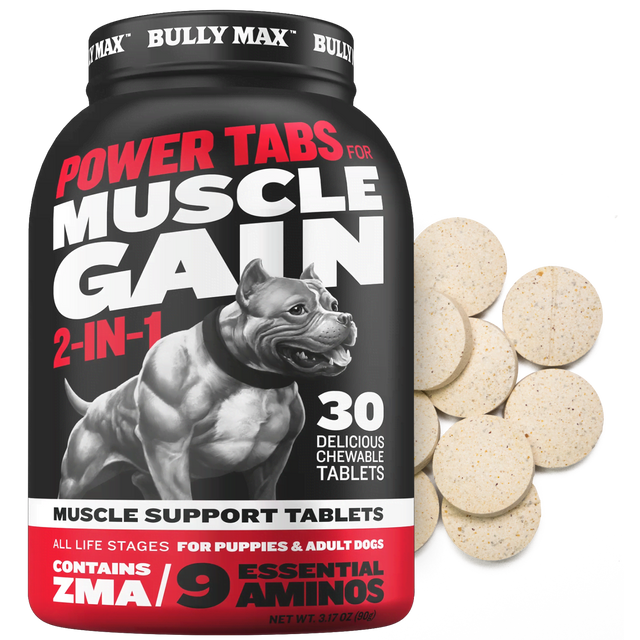Dog Shows: What you need to know before getting in the ring

"Show Me The Bully"
Article by: Bully The Kid
Dog shows have been happening for hundreds of years. The image of dog shows usually starts with a poorly dressed individual oddly running around the ring with a poodle like dog at the end of his or her leash. The dog show enthusiast is stereotyped as a quirky, odd person that has devoted their entire life to dogs. Down to dachshund shaped loafers, and specific breed related sweaters! The truth is most individuals that show dogs are just regular nine to five working individuals that just happen to love dogs.
The dogs are generally incredible examples of their breeds and descend from long lists of champions and show winners. The dogs that don't carry the standard pedigree of winners are often detected from outside the show ring quickly and the differences are fairly obvious. The question about dog showing generally revolves around what the judge is looking for as the dogs go around the ring and stand stoically on groomer like tables.
Breed Type
Breed type is the first thing a judge should be looking for in any breed. Breed type consists of the characteristics that separates one breed from another. The very things that make it identifiable as the breed it is. A lot of novices, and even some experience dog show enthusiasts struggle with the concept of breed type. However, breed type is simple, it is elementary in identifying a breed. The English Bulldog should scream English Bulldog, not French Bulldog, or Boston Terrier, or Pug, it should be an English Bulldog. It's attributes and characteristics should separate it as a breed of it's own. From the moment the dogs are stacked up in the ring, a judge should be able to go down that line and determine breed type! This can happen without ever putting hands on the animals. It is found in the long line of dogs presented to compete in it's breed ring.
The Judging Process
Think of how a show ring operates. The dogs enter the ring, a judge has all the dogs stack in a line. He looks at that line (he should be identifying type here). He then walks to the front of the line and looks down the line before examining the first dog. Again he should be judging breed type at this point. Size, proportion, back length can all be determined in these first initial looks. A lack of type at this point and the dog in question should be out of the ribbons at the time to select a winner. No matter how structurally sound the dog is, or how luxurious it's coat is, or how elegantly it moves around the ring, if it does not look as the breed it is, it should not place in the show ring.
Examining the dog
Then the judge physically examines the first dog, this examination, is primarily to check bites, coat, muscle tone, elbows, hocks, etc. This examination deals with the aspects of the standard that are not visible from across a show ring. Does the dog have an under, or overbite? Are the feet tight, the elbows in? Are the joints weak, does the dog have a strongly built rear? Pushing, pulling, and touching the animals gives the judge an opportunity to truly feel how an animal is built. To actually feel a dog and determine faults and weak points in the dogs structure. Is it soft or hard muscled? It's a physical examination of the things you can't see from a distance. It is an important part of the process, but the truth is experienced handlers have learned to hide and showcase dogs in a way that even the most seasoned judge may miss a fault or two during the physical examination.
Judging Rear Movement
The next portion of the show ring is the down and back, to determine front and rear movement. Does the dog paddle, is it hocky, does it move tightly in the rear, what is the dogs natural stack at the end. Is it easty westy, does it truly have good turn to stifle or was it a handler created illusion? The down and back although brief is important in determining what was felt in regards to shoulder placement, and rear assembly. The process although not the end all or be all, also gives the judge an opportunity to see how a dog actually stops on it's own. Many dogs have lost competitions when they come back in front of the judge after the down and back. If the dog stops in a way, that makes it appear to be heavily faulted a judge may take that dog out of the ribbon selection.
Judging the Side Gait
The last element for the judge is the go around, this is a look at the side gait, which will show the true top line and overall structure of the animal. The dogs reach and drive is determined by balance between it's front assembly and rear assembly. Is the dog built correctly for it's breed? Movement is not a one size fit all thing. Each breed has it's own desired movement, and it's movement is directly correlated in the function required of the breed. The term form matching function is often used in deciphering movement. A dog should have movement that exemplifies it's breed. In some breeds the actual movement is not described in the standard, but if you understand what a standard is calling for in structure, you will quickly be able to assess the proper movement required of the breed. Faults that appeared minor, can be exposed as major in movement. Attributes that appeared while the dog stood still, can be exposed as detriments as the dog goes around the ring. Restricted shoulders, weak rears, poor top lines, and poor head carriage all can be found in movement.
Structure
Which is of most importance in regards to judging a show dog, breed type, or overall structure. A good judge should want to see breed type, but good breed type only beats out dogs that lack breed type. There isn't in my opinion great breed Type and good breed type, it is more a case of a dog either has it, or lacks it. Once that is determined, in my opinion the results should be based on structure. Structure is how the dog is built, and the show ring is an evaluation of the dogs that will be bred. Breeding dogs is building dogs, so the foundation which is structure is and should be of the most importance.
The Determining Factor
Movement is the ultimate determining factor in my opinion. If a dog has breed type, is built correctly, and has few cosmetic faults I think we may have found a show winner. Pet type dogs in my opinion, lack type and or riddled with faults that would prevent it from being a functional example of it's breed. Pet dogs are great at being pets, but when it comes to the show ring, it will suddenly feel that you have the ugly baby at a cute kid contest. All dogs have a place, but the dogs that are conditioned, fed quality food, and given Bully Max Supplements will shine through as the champions of champions.
Dog shows are a great way to be involved with your dog and to meet like minded individuals. There are dark sides to showing, but the bright side far outweighs the dark moments. The purpose is pure and when a wonderful example of a dog breed goes around the ring it can be a beautiful thing to witness!








